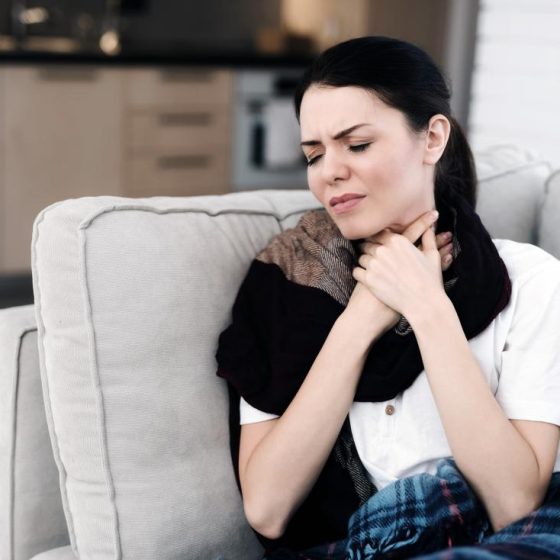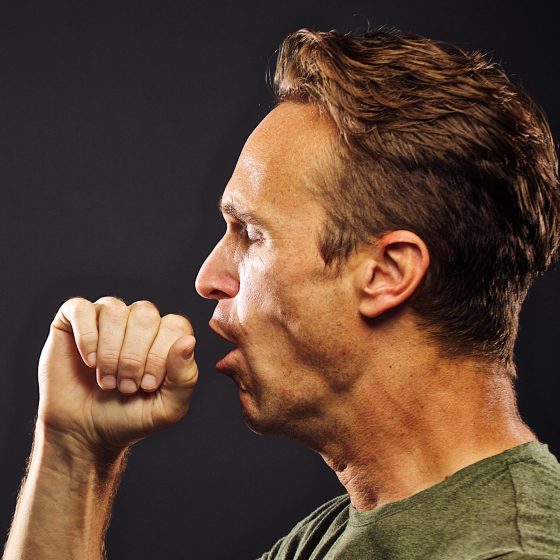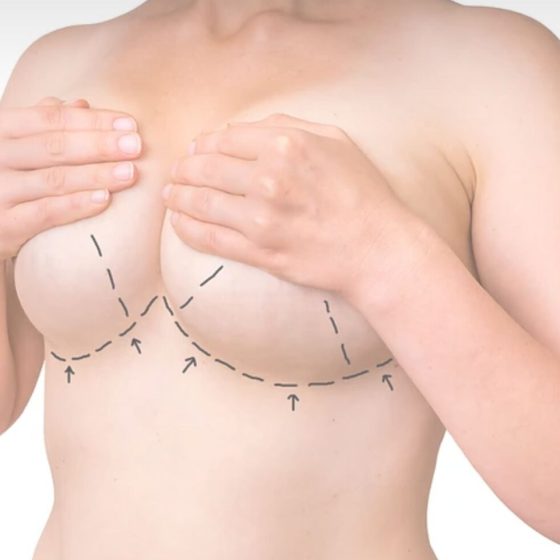Bruises
Bumps, knocks and bruises What are bumps, knocks and bruises? Bumps, knocks and bruises are common injuries that everyone will experience from time to time. Though they can sometimes be very painful, bumps, knocks and bruises are usually easy to treat. What symptoms are related to bumps, knocks and bruises? These kinds of injuries commonly affect joints such as your elbow or knee, and bumps and knocks to these areas can result in swelling and bruising. What causes bumps, knocks and bruises? A bruise often appears after you have been knocked, bumped or pinched, for example when you have fallen







